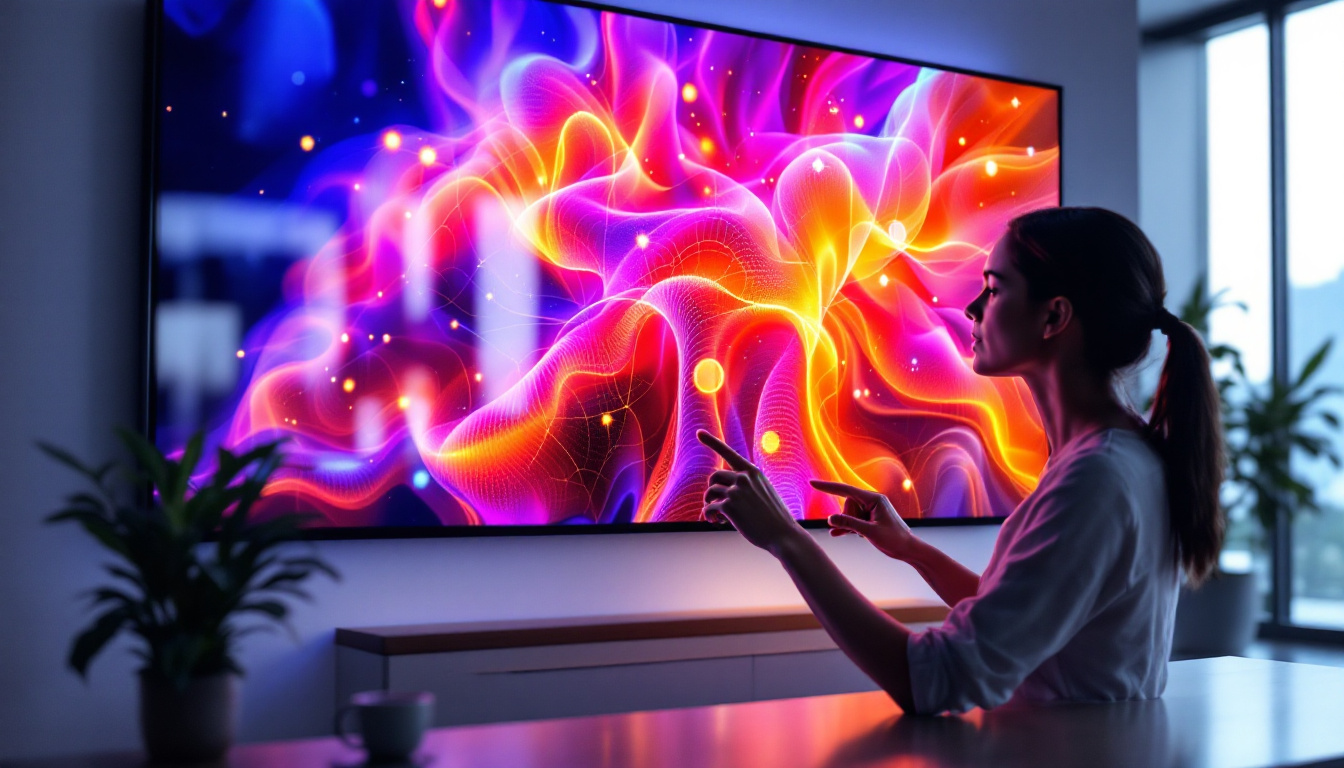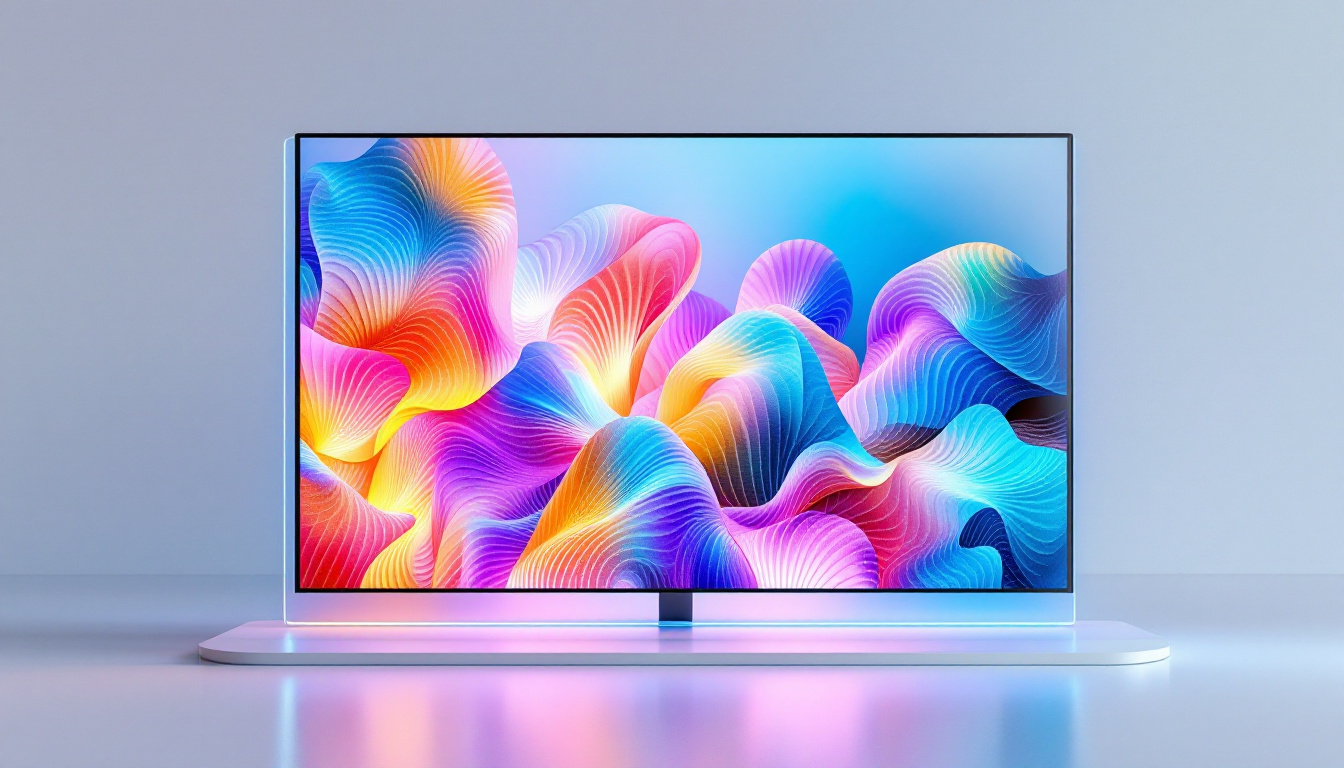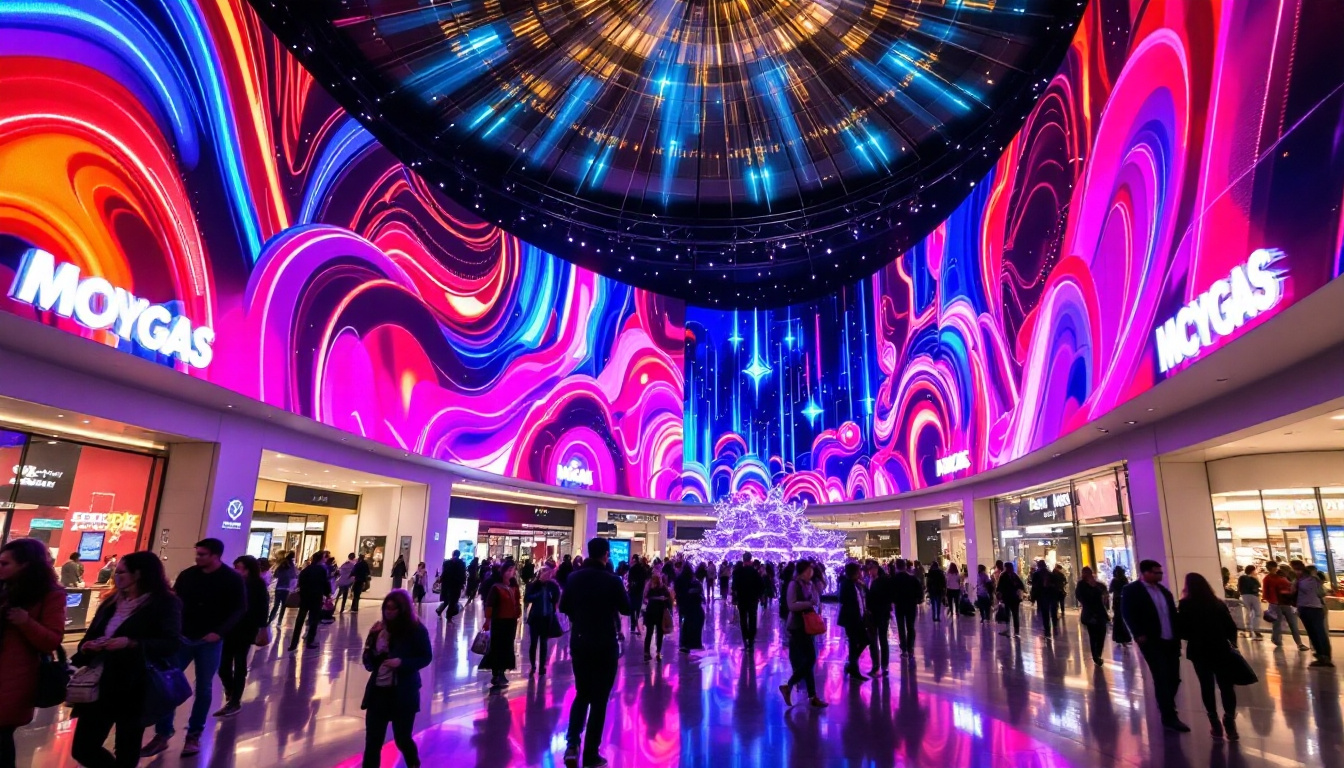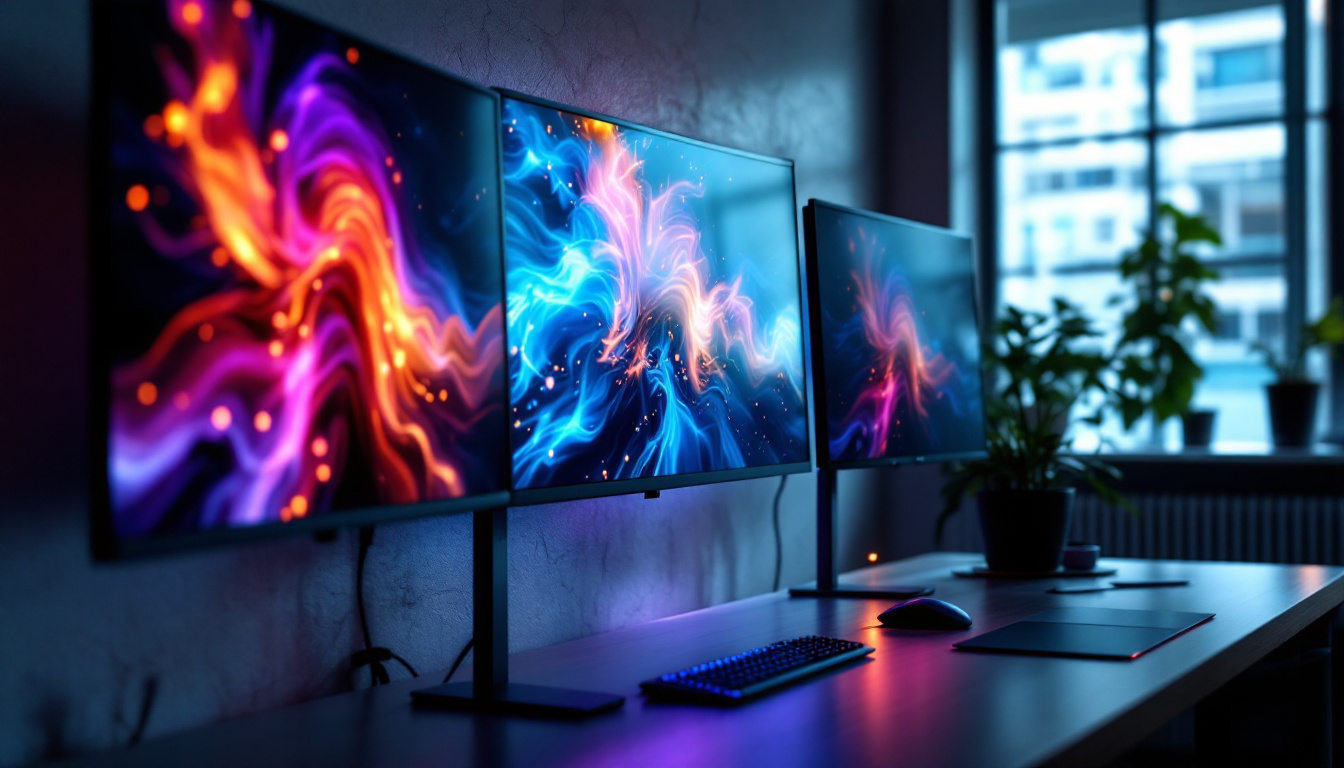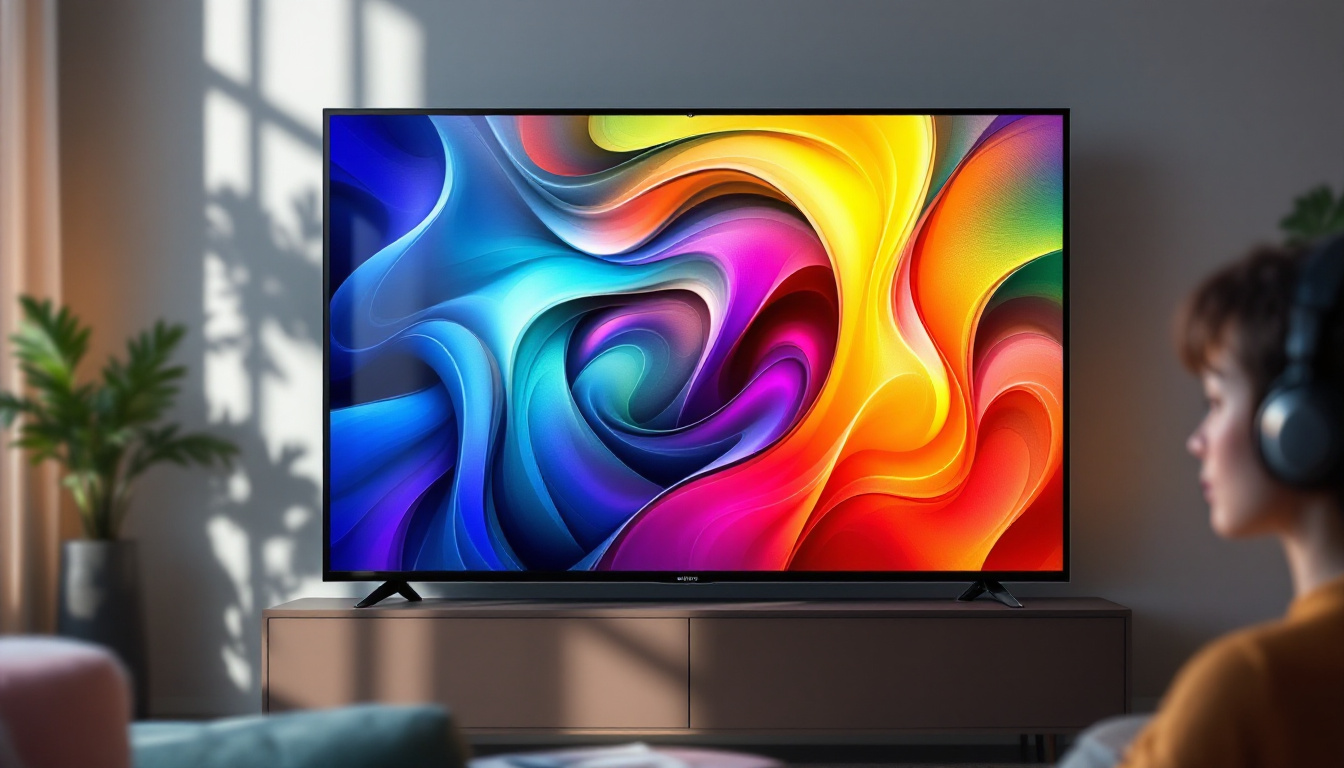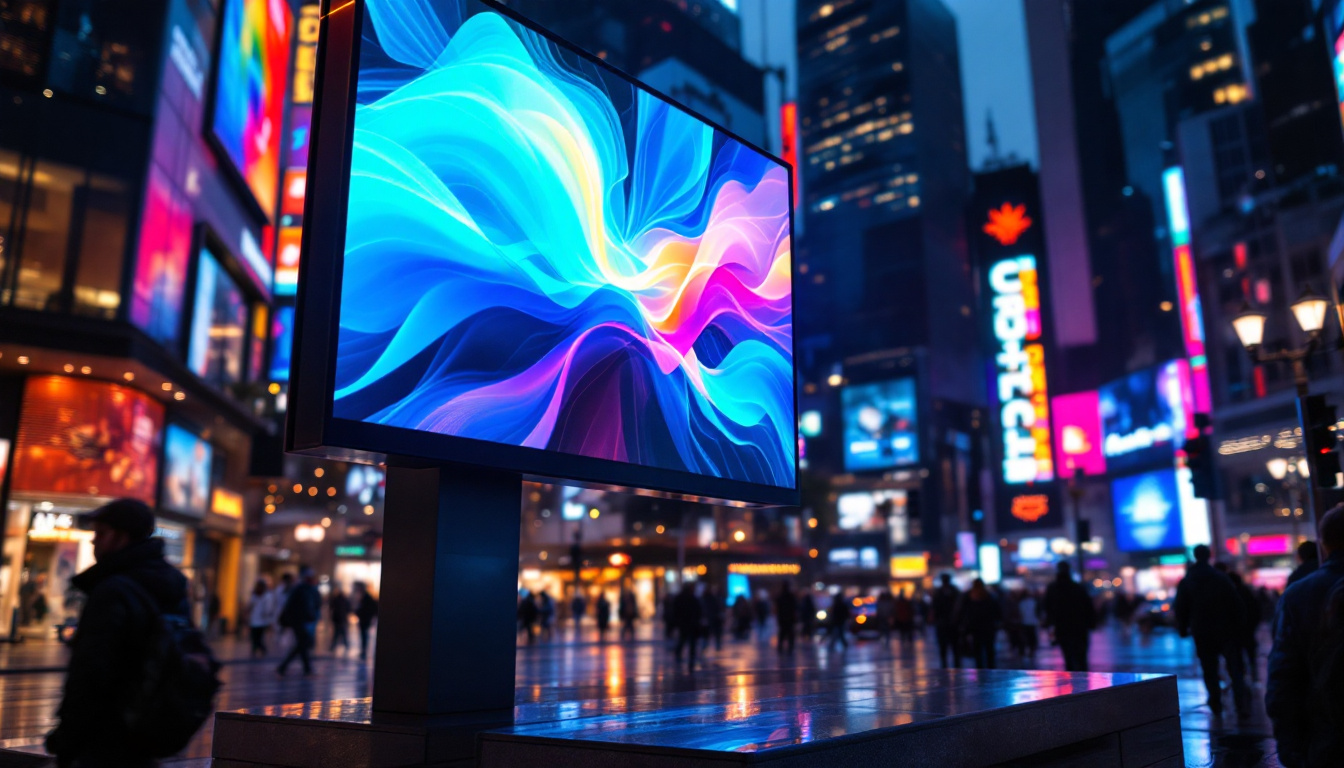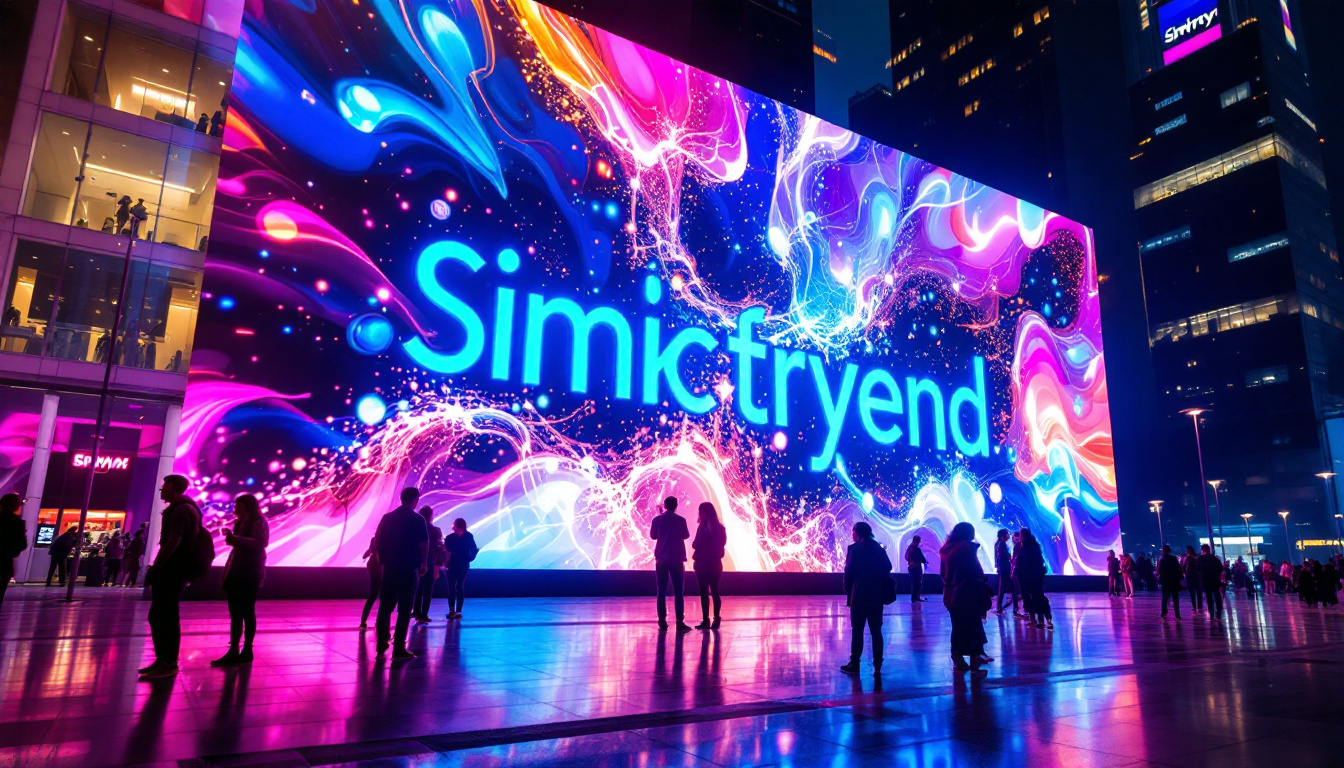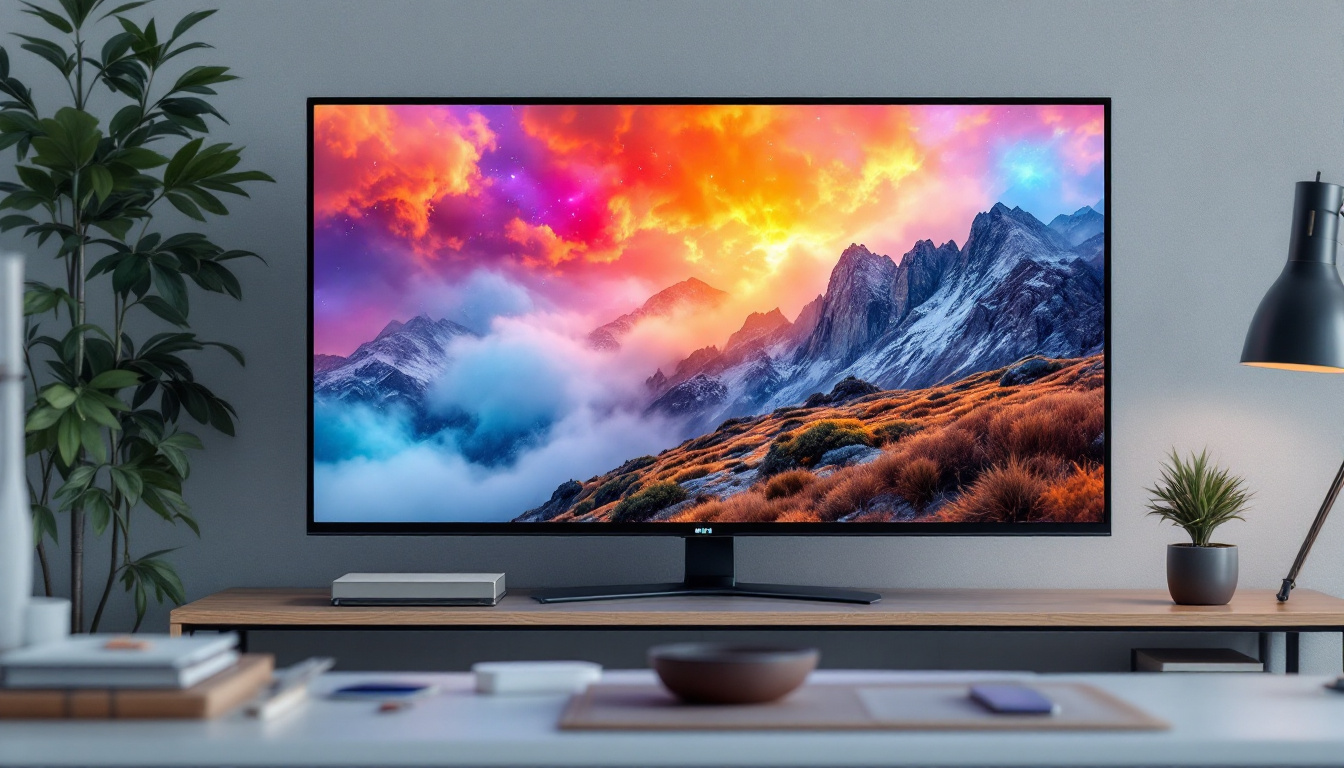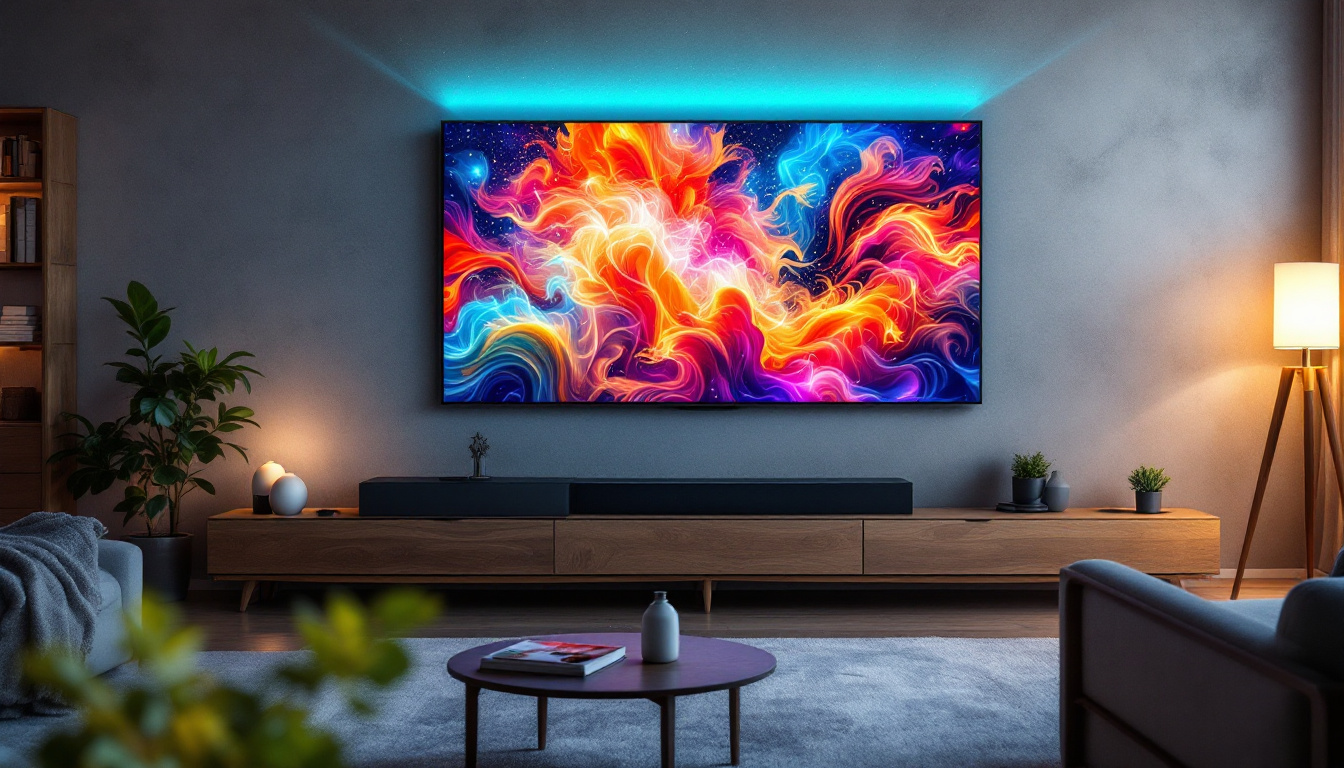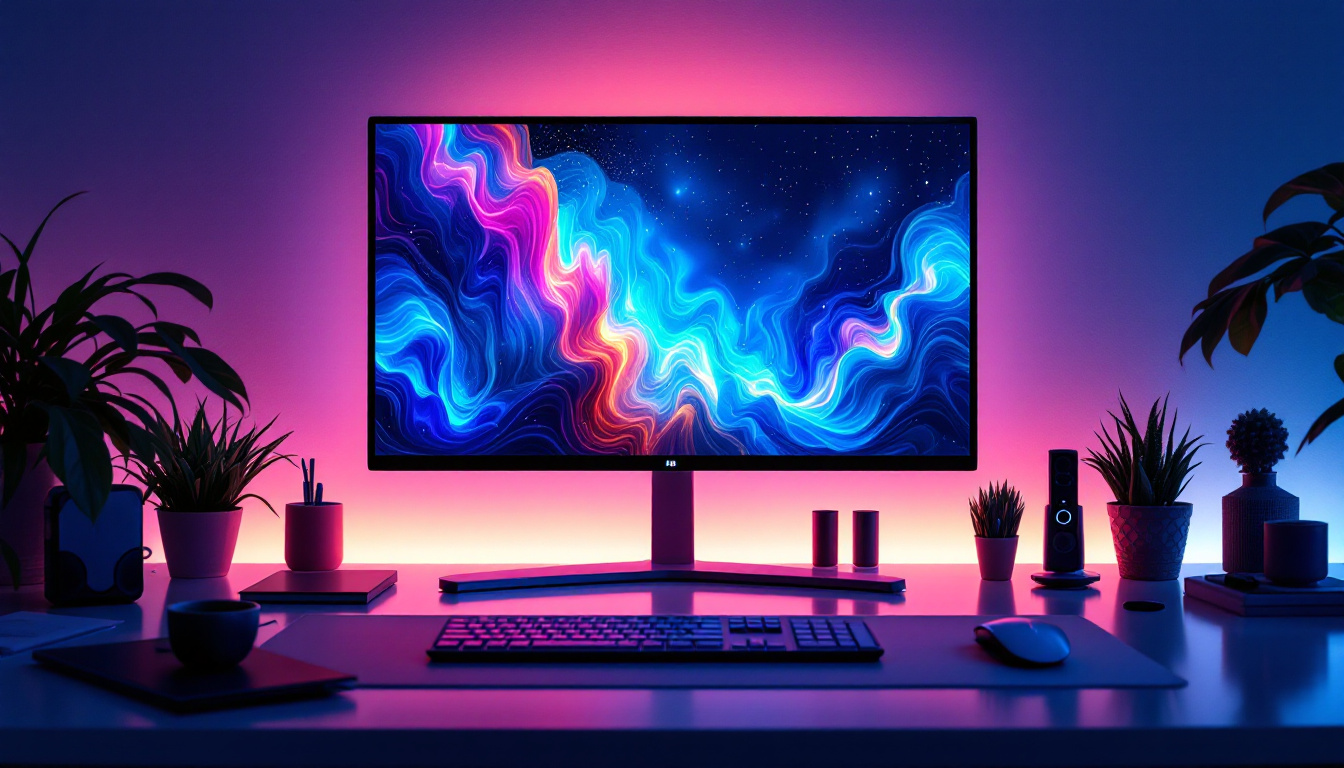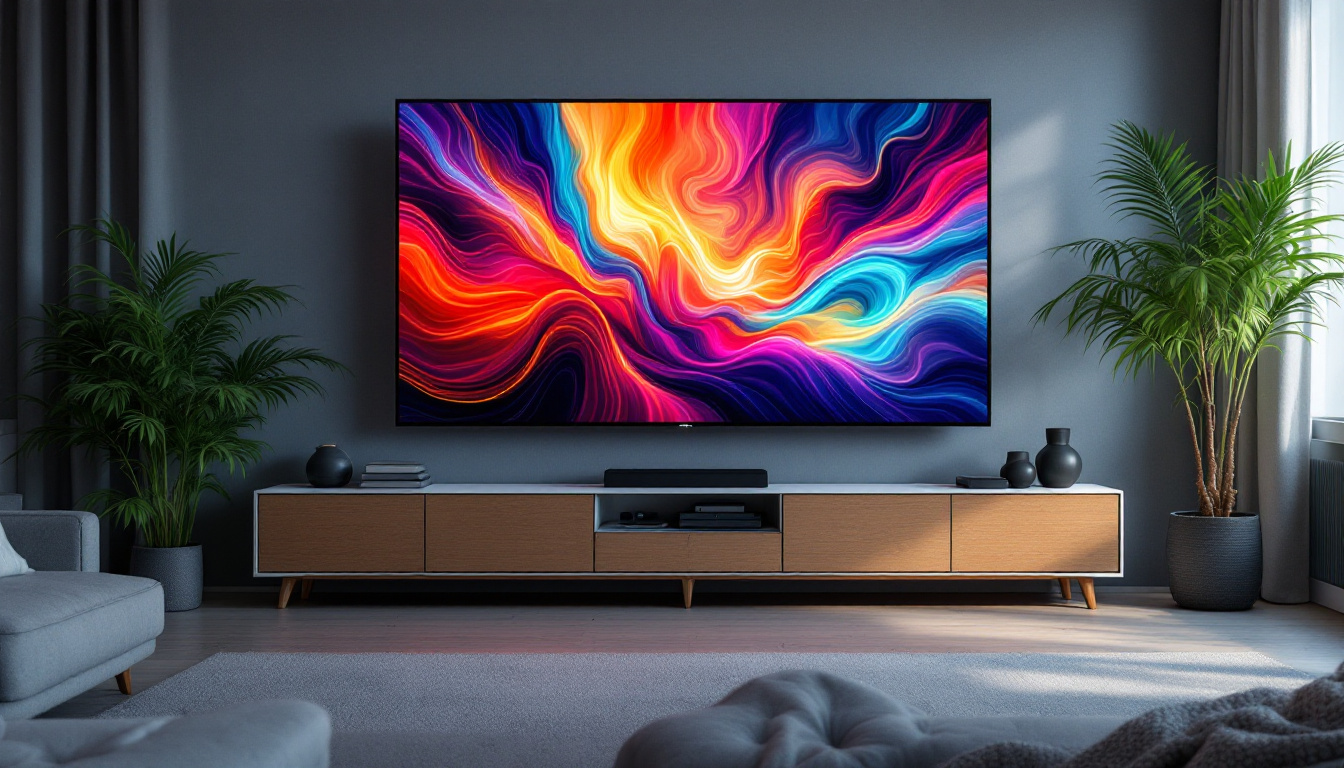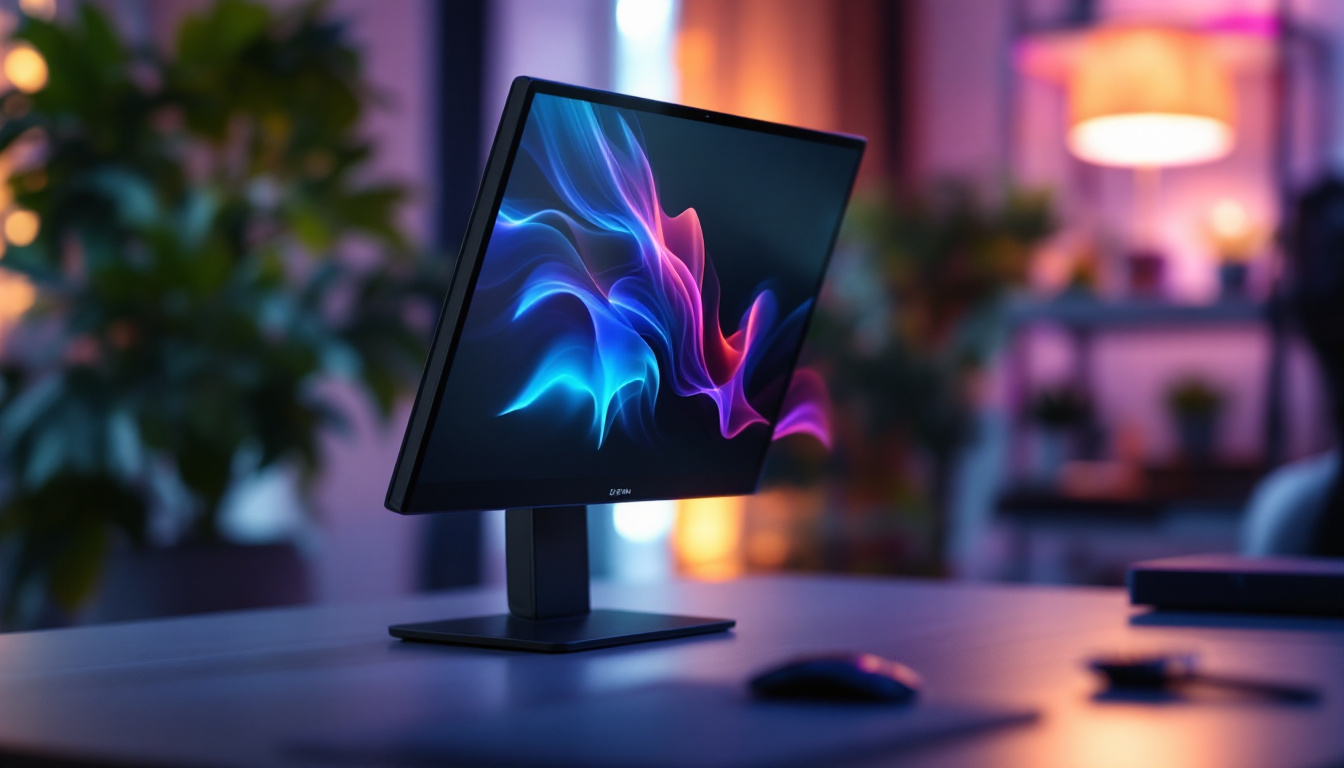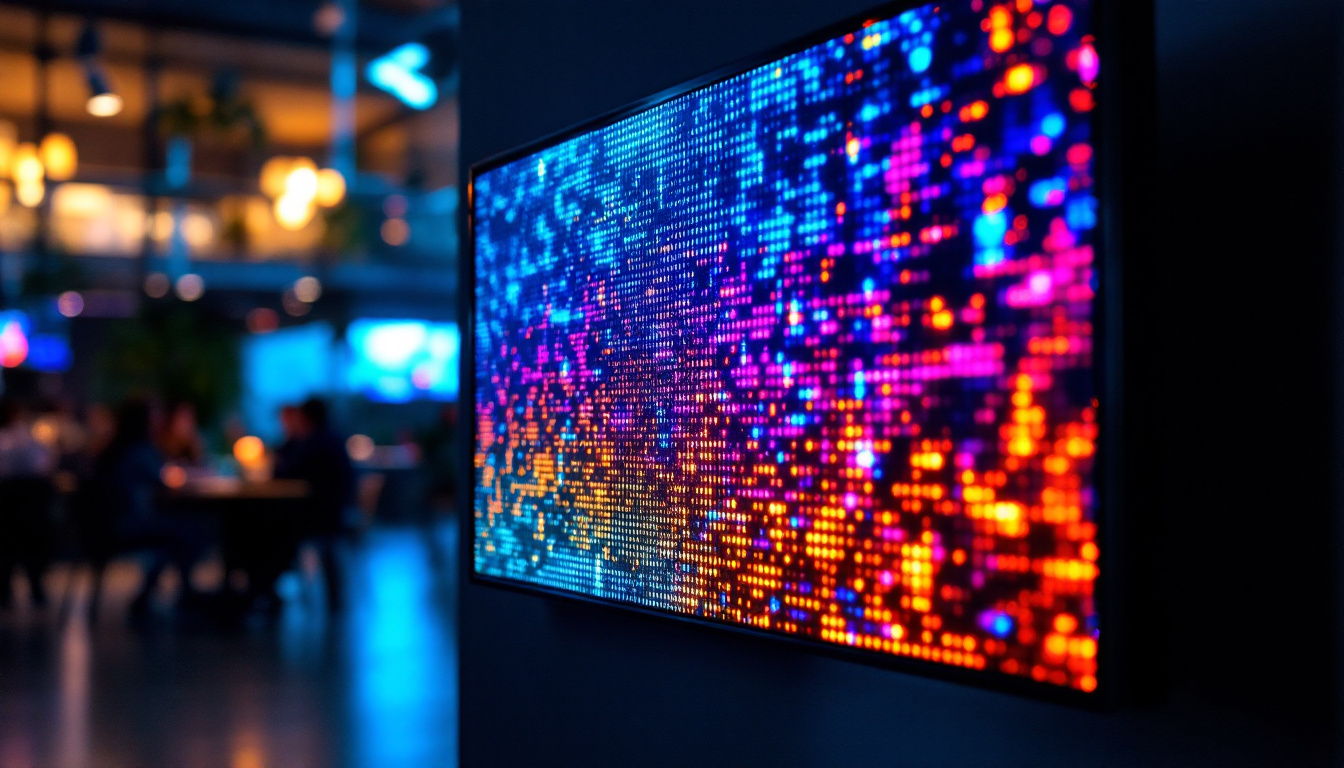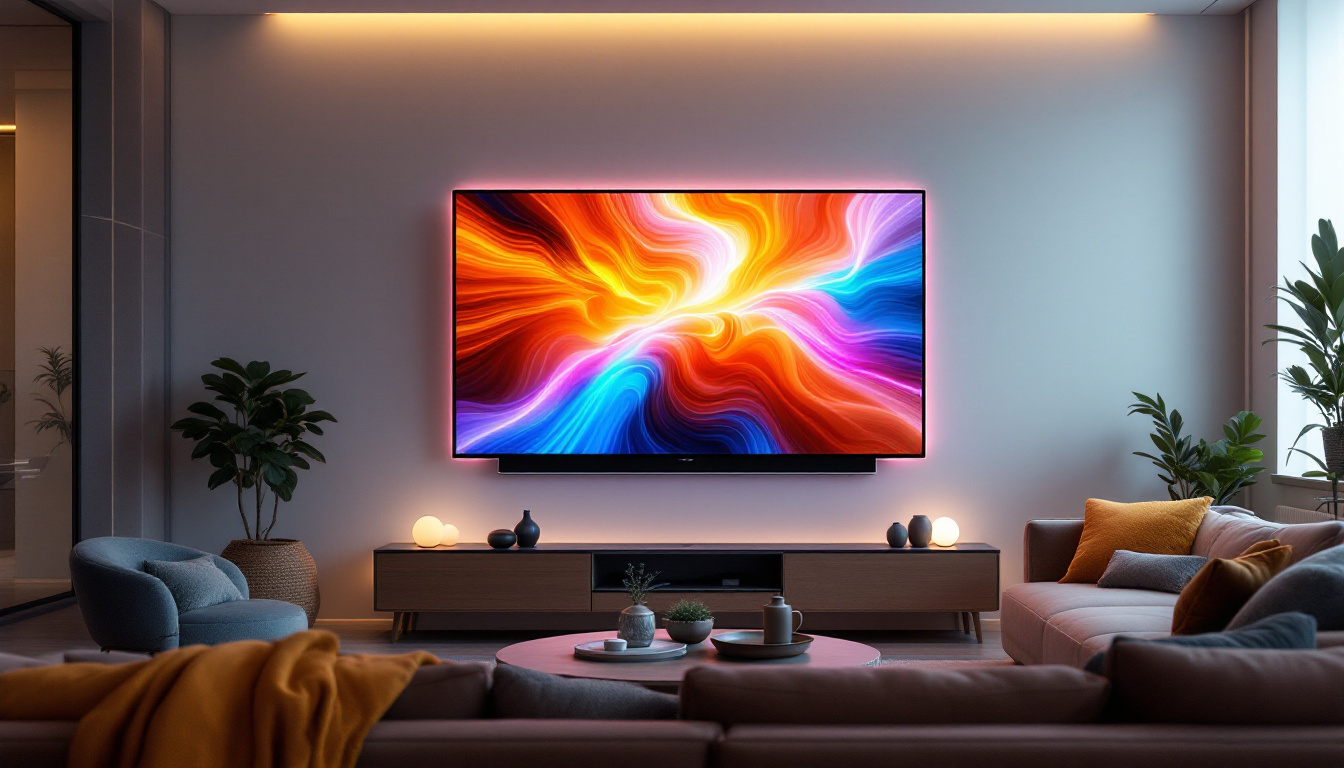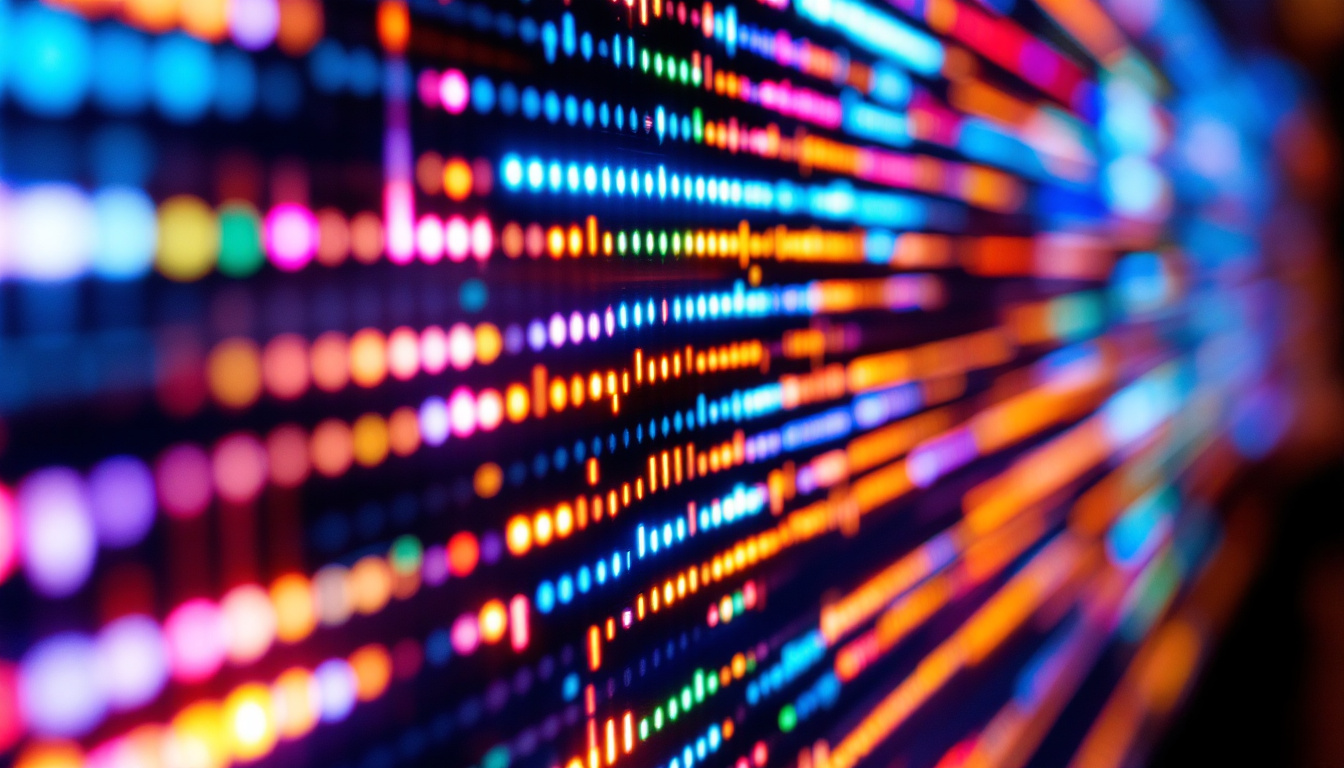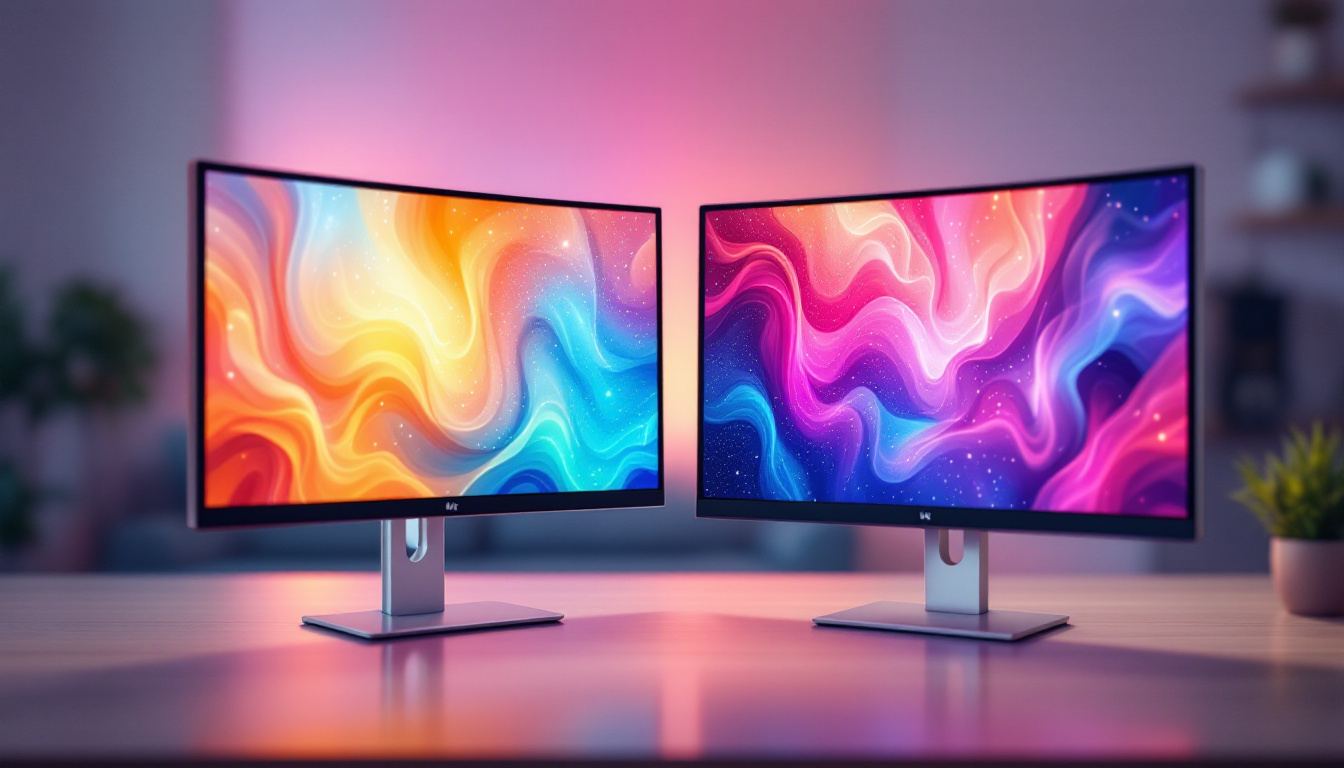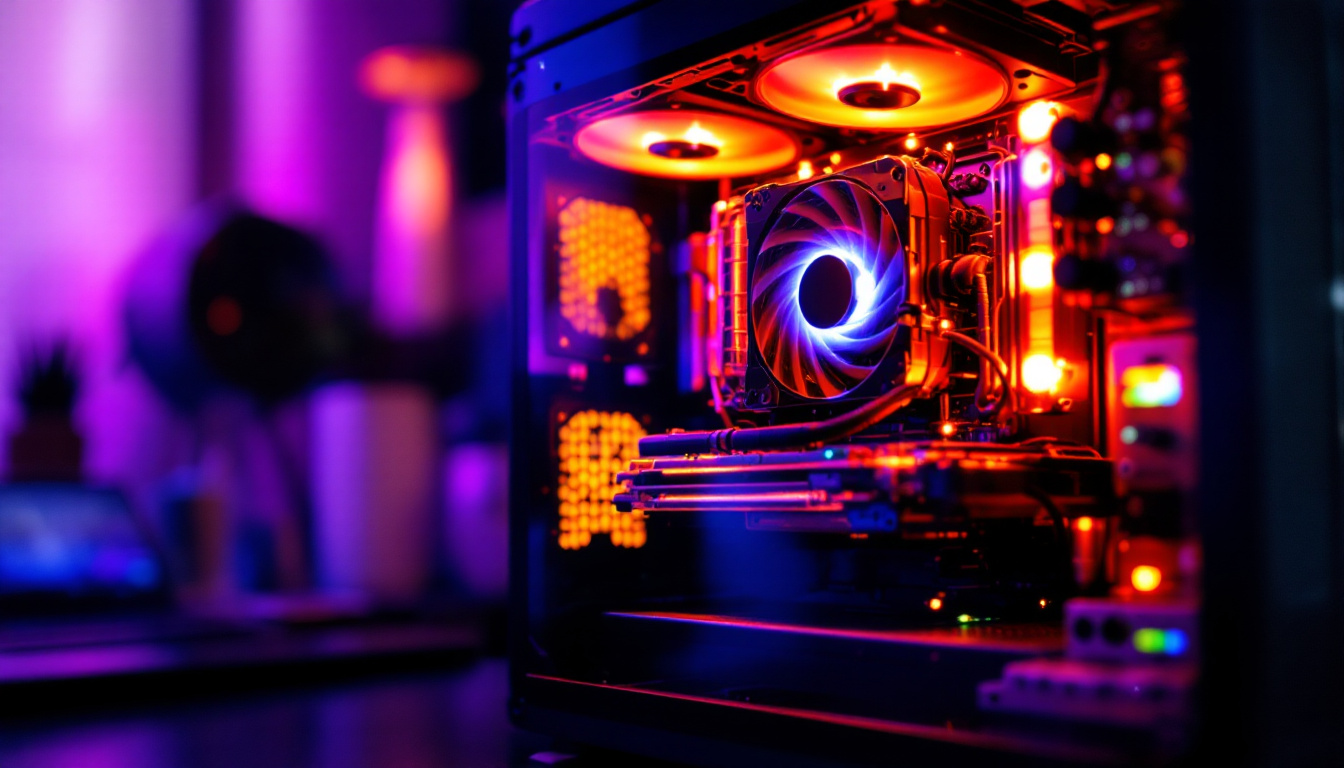The evolution of display technology has transformed the way we interact with devices. Among the various innovations, touch screen displays have emerged as a significant advancement, particularly when integrated with LED technology. This article delves into the intricacies of touch screen displays, focusing on LED technology, its applications, benefits, and future prospects.
Understanding Touch Screen Technology
Touch screen technology allows users to interact directly with what is displayed on the screen, enabling a more intuitive experience. This technology has become ubiquitous in smartphones, tablets, kiosks, and even household appliances. The evolution of touch screens has transformed how we interact with devices, moving away from traditional input methods like keyboards and mice to a more direct and tactile approach. This shift has not only made technology more accessible but has also paved the way for innovative applications across various industries.
Types of Touch Screen Technologies
There are several types of touch screen technologies, each with its unique mechanisms and applications. The most common types include resistive, capacitive, and infrared touch screens. Each type has its strengths and weaknesses, making them suitable for different environments and uses. For instance, resistive touch screens are often favored in environments where users might wear gloves or where the device is exposed to harsh conditions, as they can be operated with any object, including a stylus or finger. In contrast, capacitive touch screens require a conductive input, which makes them less versatile in such situations but allows for multi-touch capabilities, enabling gestures like pinch-to-zoom.
Resistive touch screens are made of multiple layers that register touch when pressure is applied. They are often used in industrial settings due to their durability and resistance to dust and water. Capacitive touch screens, on the other hand, detect touch through the electrical properties of the human body. This type is prevalent in smartphones and tablets due to its responsiveness and clarity. Additionally, there are newer technologies like surface acoustic wave (SAW) and optical touch screens, which offer different advantages, such as higher image clarity and the ability to detect touch without physical pressure, enhancing user interaction further.
The Role of LED in Touch Screen Displays
Light Emitting Diodes (LEDs) play a crucial role in enhancing the performance of touch screen displays. LEDs are used for backlighting in LCD screens and can also be integrated into OLED displays, which provide vibrant colors and deeper blacks. The combination of touch screen technology with LED displays results in a more engaging visual experience. Furthermore, advancements in LED technology, such as mini-LED and micro-LED, are pushing the boundaries of display quality, offering improved brightness, contrast, and energy efficiency. This not only enhances the aesthetic appeal of devices but also contributes to a more immersive user experience, especially in applications like gaming and multimedia consumption.
Moreover, the integration of LED technology with touch screens has led to the development of interactive displays that can be used in various settings, from educational environments to retail spaces. These displays can respond to touch while simultaneously delivering high-quality visuals, making them ideal for presentations, advertisements, and interactive learning tools. As touch screen technology continues to evolve, the synergy between touch input and LED displays will likely lead to even more innovative applications, further blurring the lines between digital and physical interactions.
Benefits of LED Touch Screen Displays
LED touch screen displays offer numerous advantages that make them a popular choice across various industries. Their benefits extend beyond just visual appeal, influencing usability and efficiency.
Enhanced Visual Quality
One of the most significant benefits of LED technology is enhanced visual quality. LED displays provide brighter images with higher contrast ratios compared to traditional displays. This makes them ideal for environments with varying lighting conditions, ensuring that content is easily viewable regardless of the surroundings.
Moreover, the color accuracy and saturation offered by LED displays are superior, making them suitable for applications that require precise color representation, such as graphic design and video editing. The ability to display a wider color gamut allows for more vibrant images, which can significantly enhance the user experience in retail settings, where product displays need to attract customer attention. Furthermore, the rapid response time of LED technology ensures that motion graphics and videos are rendered smoothly, making them a preferred choice for dynamic content presentations.
Energy Efficiency
Energy efficiency is another compelling advantage of LED touch screen displays. Compared to traditional LCDs, LED displays consume less power, which is particularly beneficial for portable devices like tablets and smartphones. This energy efficiency not only extends battery life but also contributes to lower operational costs in commercial settings.
In addition to reducing energy consumption, LED displays have a longer lifespan, which means less frequent replacements and lower waste. This longevity is particularly advantageous for businesses that rely on digital signage, as it minimizes downtime and maintenance costs. Moreover, the reduced heat output of LED displays compared to older technologies can lead to a more comfortable environment, especially in enclosed spaces, making them an eco-friendly option for both consumers and businesses looking to reduce their carbon footprint.
Applications of LED Touch Screen Displays
The versatility of LED touch screen displays allows them to be utilized across a wide range of applications. From consumer electronics to industrial equipment, their adaptability makes them indispensable in modern technology.
Consumer Electronics
In the realm of consumer electronics, LED touch screen displays are ubiquitous. Smartphones and tablets are perhaps the most recognized applications, where users rely on touch interactions for navigation and functionality. The seamless integration of touch capabilities with LED technology enhances user experience, making devices more interactive and engaging.
Additionally, smart TVs and gaming consoles leverage LED touch screens to provide an immersive experience, allowing users to navigate menus and control settings with ease. The tactile feedback and vibrant visuals offered by these displays not only improve user satisfaction but also encourage more dynamic interactions, such as gesture controls and multi-touch functionalities. This has led to the development of innovative applications in areas like augmented reality (AR) and virtual reality (VR), where touch screens play a crucial role in creating lifelike experiences.
Industrial Applications
In industrial environments, LED touch screen displays are used in control panels, machinery interfaces, and monitoring systems. Their durability and resistance to harsh conditions make them ideal for factory settings, where reliability is paramount. Operators can quickly access information and control machinery through intuitive touch interactions, enhancing productivity and safety.
Moreover, these displays often come equipped with advanced features such as customizable interfaces and real-time data visualization, which are critical in sectors like manufacturing and logistics. For instance, in a manufacturing plant, operators can monitor production lines and adjust parameters on-the-fly, significantly reducing downtime and improving operational efficiency. The ability to integrate with IoT devices further expands the capabilities of LED touch screens, allowing for remote monitoring and control, which is increasingly important in today’s interconnected industrial landscape.
Future Trends in Touch Screen Displays
The future of touch screen displays, particularly those utilizing LED technology, looks promising. As advancements continue, several trends are expected to shape the landscape of this technology.
Increased Interactivity
Future touch screen displays are likely to incorporate more advanced interactive features, including gesture recognition and haptic feedback. These enhancements will allow for a more immersive user experience, enabling users to interact with displays in ways that feel more natural and intuitive.
For instance, gesture recognition could allow users to navigate through content without physically touching the screen, while haptic feedback could provide tactile responses to touch, enhancing the overall experience.
Integration with Augmented Reality (AR)
The integration of touch screen displays with augmented reality (AR) technology is another exciting trend on the horizon. As AR applications become more prevalent, touch screens will play a crucial role in enabling users to interact with virtual elements seamlessly. This could revolutionize industries such as education, healthcare, and entertainment, providing immersive experiences that blend the digital and physical worlds.
Challenges and Considerations
Despite the numerous advantages, there are challenges associated with LED touch screen displays that need to be addressed. Understanding these challenges is essential for manufacturers and consumers alike.
Cost Factors
The initial cost of LED touch screen displays can be higher than traditional display technologies. This can be a barrier for some businesses, especially small enterprises looking to adopt this technology. However, the long-term benefits, such as energy savings and reduced maintenance costs, often outweigh the initial investment.
Durability and Repairability
While LED touch screens are generally durable, they are not immune to damage. Scratches, cracks, and other forms of wear can affect performance and aesthetics. Additionally, the repairability of these displays can be a concern, as replacing a damaged screen can be costly and time-consuming. Manufacturers are continuously working on improving the durability and repair options for these devices.
Conclusion
LED touch screen displays represent a significant advancement in display technology, offering a blend of interactivity, visual quality, and energy efficiency. Their applications span various industries, enhancing user experiences in consumer electronics, industrial settings, and beyond.
As technology continues to evolve, the future of LED touch screen displays looks bright, with trends pointing towards increased interactivity and integration with emerging technologies like augmented reality. While challenges remain, the benefits of this technology make it a compelling choice for businesses and consumers alike.
In summary, understanding the intricacies of LED touch screen displays is essential for anyone looking to leverage this technology effectively. As advancements continue, staying informed about the latest developments will ensure that users can make the most of these innovative displays.
Explore Cutting-Edge LED Displays with LumenMatrix
Ready to elevate your visual experience with the latest in LED touch screen technology? Look no further than LumenMatrix, a pioneer in crafting LED display modules that bring your brand to life. Whether you’re interested in Indoor LED Walls, Outdoor Displays, or innovative solutions like LED Sports Displays and Transparent LED Displays, LumenMatrix has you covered. Embrace the future of visual communication and captivate your audience with unparalleled clarity and impact. Check out LumenMatrix LED Display Solutions today and transform the way you share your message with the world.

